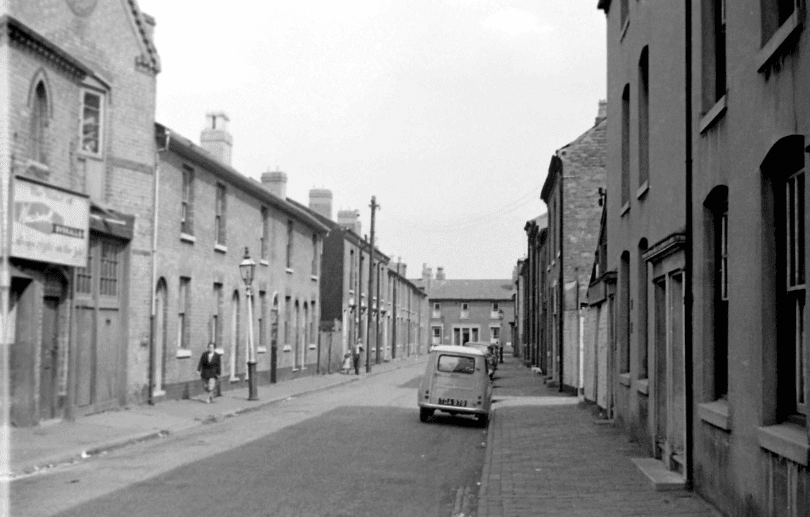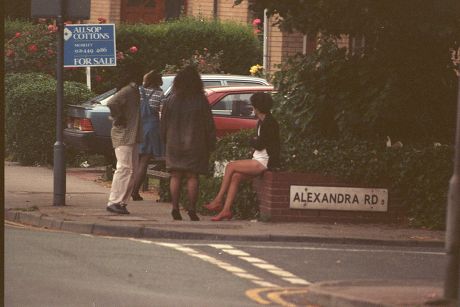The history of every city has moments of pride as well as shameful ones. Some specialists attribute brothels as an important and inevitable stage in the development of society. After all, the appearance of prostitution influenced a lot of related processes.
Although Birmingham is a relatively small city, its history also had such moments. It was even the time when Birmingham prostitutes didn’t just gather in brothels but occupied an entire street. Learn more at birmingham-future.
Balsall Heath
Balsall Heath is Birmingham’s central neighbourhood. In the 21st century, it is a booming cultural place with a diverse population. However, it was completely different in the past.
The first mention of Balsall Heath dates back to 1275, although then it was called Bordeshale.
Initially, Balsall Heath was a farming street. It was surrounded by forest, and, in fact, it was a suburb of Birmingham. The area was annexed to the city in 1891. They originally belonged to the Worcestershire parish of King’s Norton.

At first, the neighbourhood was quite promising. Balsall Heath Baths were opened here in 1907. In addition, the College of Art was opened on the nearby street.
The local population was mainly represented by well-to-do townspeople. They built large and comfortable houses. Some of them have survived to our time. The appearance of the railway station also contributed to the expansion of both the street and the whole neighbourhood.
A large Muslim community appeared here in the 40s of the 20th century. The presence of several nearby mosques contributed to an increase in Muslim migration to Balsall Heath. As a result, the neighbourhood acquired the reputation of the largest Muslim community, which was maintained for many decades.
The heyday of prostitution
Street prostitution as a phenomenon first appeared on Balsall Heath in the 1950s. It led to a rapid decrease in the cost of housing in the area, which used to be full of wealthy Birminghamians.
The poor began to flock to Balsall Heath because of cheap housing. They were mostly migrants. In the 70s, the neighbourhood got “famous” for constant robberies, drug dealing and prostitution.
Cheddar Road became the centre of Birmingham prostitution and almost 50 girls worked there every day. There were about 50 houses on the street and half of them were advertising and offering sexual services. That made Birmingham and Balsall Heath known throughout England.
That boom of prostitution was even depicted in the film Prostitute. Although the state of the local buildings was unsatisfying and some houses didn’t even have amenities, they were vivid examples of Victorian architecture.

The girls who worked on the street didn’t suffer from disgrace. At least, not all of them. In 1986, the Sisters of Charity initiated the ANAWIM organisation, providing informational support to prostitutes. Many girls who embarked on this difficult path were uneducated and originated from poor families. They didn’t know their rights, how to protect themselves or how dangerous their lifestyle was. In addition, AIDS began to rage.
The confrontation between townspeople and prostitutes worsened in the 90s. The call for a tolerant attitude towards prostitutes caused a wave of discontent among local residents. After all, brothels weren’t going to disappear from Balsall Heath. They became a little more civilised but, still, continued their existence. Not all Birminghamians agreed with such a neighbourhood. In 1993, the whole town was rocked by the kidnapping and murder of a prostitute from Balsall Heath. A year later, the area was shaken by protests. The townspeople tried to cast out the prostitutes from their neighbourhood. Locals even organised street patrols. They consisted of ordinary Birminghamians, who fulfilled their duties under the control and with the approval of the police. It was an effective method indeed. Although the patrols sometimes behaved rudely and cruelly, the history of prostitution in Balsall Heath ended in 1995. The neighbourhood began to revive, the crime rate decreased and housing prices increased.